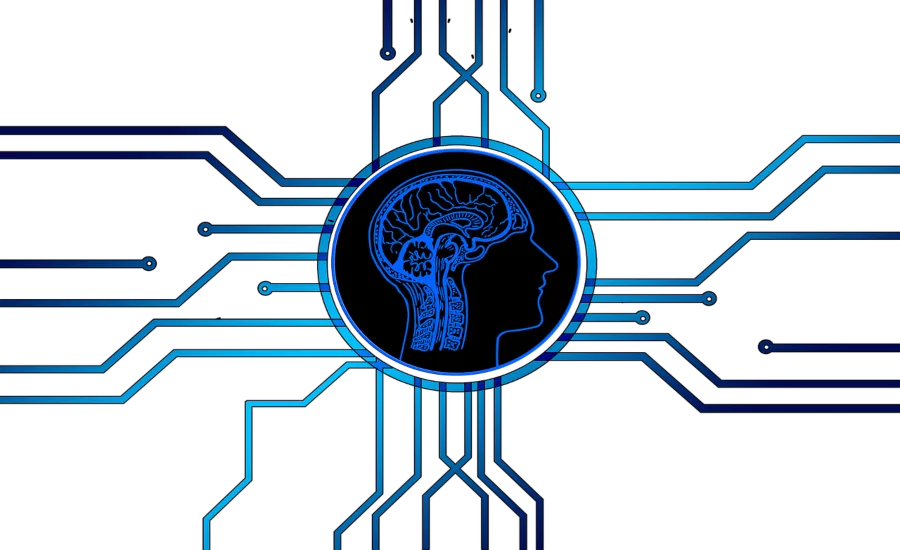Four Ways Artificial Intelligence Helps Mitigate Risk

In today’s dynamic environments, risk must be proactively managed. However, lack of sufficient intelligence can make it impossible to get ahead of threats and breaches. Fortunately, artificial intelligence (AI) has emerged as a valuable tool in augmenting physical security with a more proactive approach.
While AI in physical security is still in the early stages, many critical capabilities exist today. Let’s examine four ways that AI is making it easier and more efficient to manage physical security risk in the real world.
Uncovering Security Blind Spots: An AI-assisted security system can see what humans miss — especially when it comes to costly internal and advanced threats. Your security team might think a user is authorized to access an area, but under certain circumstances that might not be the case. An AI-powered security system can “see and hear” everything from everywhere at all times, correlating disparate data across the environment to identify when an employee might pose a risk with ill intent. This leaves no gaps or missed opportunities.
With AI, human limitations are no longer constraints to your security operation. AI can integrate, analyze, and notify security teams, giving them the edge they need when seconds count the most. While your security team can’t be expected to know everything that’s going on at all times, an AI security system does.
Transforming Access Control to Be Risk-Adaptive: No physical security solutions have benefited more from AI than physical access control systems. An AI-powered access control system can identify anomalous events, insider threats, hazardous situations and dynamically adjust access permissions on the fly. This concept of risk-adaptive access control in physical security is new, and a major breakthrough in the security world.
For example, when AI is applied to access control it can identify unusual activity such as off-hours access and/or abnormal location access and combine it with other threat indicators to quickly identify insider threats. Risk-adaptive access control can also prevent people from entering an area where a traditionally “non-obvious” danger exists, and it can allow a first responder with the right credentials to access a closed area when threatening conditions do exist.
Cancelling Out the Noise to Find Real Risk: Today we generate and store massive amounts of video for surveillance and analytics. And while video analytics such as facial recognition and sentiment analysis are advancing at accelerating rates, there is a large amount of contextual data that is still being ignored. That’s where AI can help.
Traditionally, SOC operators are presented with hundreds, possibly thousands, of cameras to monitor. Studies show that human attention spans are limited in their ability to effectively monitor video and identify every potential threat. However, when video is a component in an AI-based solution, the attention span is limitless.
AI never gets bored or distracted. It can sift through the mundane and assist humans in identifying threats. AI can detect early warnings across multiple data systems, compare it to policy, and determine the level of threat – all before a security breach occurs.
Get Ahead of Threats with Intelligence: Beyond the data deluge, security operators can also suffer from alarm fatigue. The cause? Too many false alarms and not enough early warnings. Generally speaking, the alarms operators receive are either too late to act on, or inaccurate to begin with. AI provides a new level of situational awareness for physical security that enables teams to receive early warnings and reduce false alarms from a single platform. This provides a common operating picture across every building, controller, credential, and sensor. Adopting this more intelligent and proactive posture provides actionable insights in real-time, so complex and daily threats can be stopped before they turn into breaches.
Take Control of Risk with Intelligence
With multiple layers of security tools and technology deployed across an organization, it might feel like you spend more time managing them, and less time benefiting from them. AI can be an enabling technology to help you pull information and systems together to proactively minimize risk and improve security more effectively.
Looking for a reprint of this article?
From high-res PDFs to custom plaques, order your copy today!




.webp?height=200&t=1695218468&width=200)


